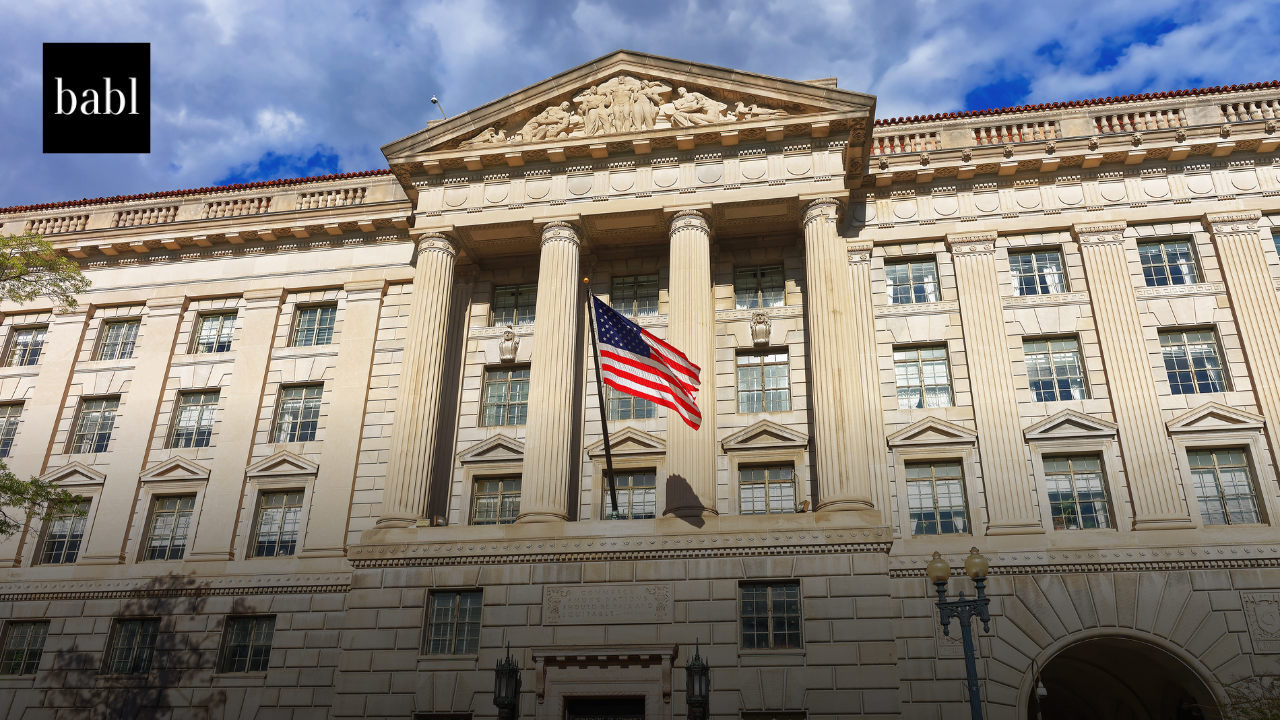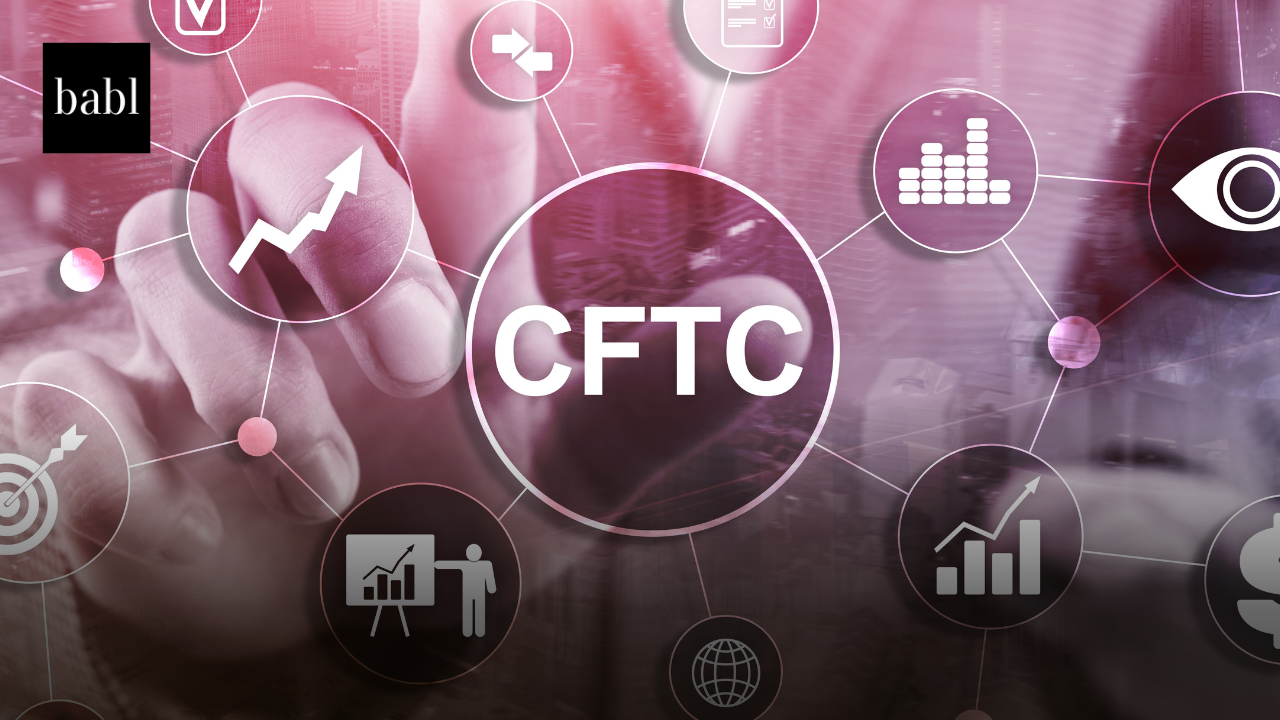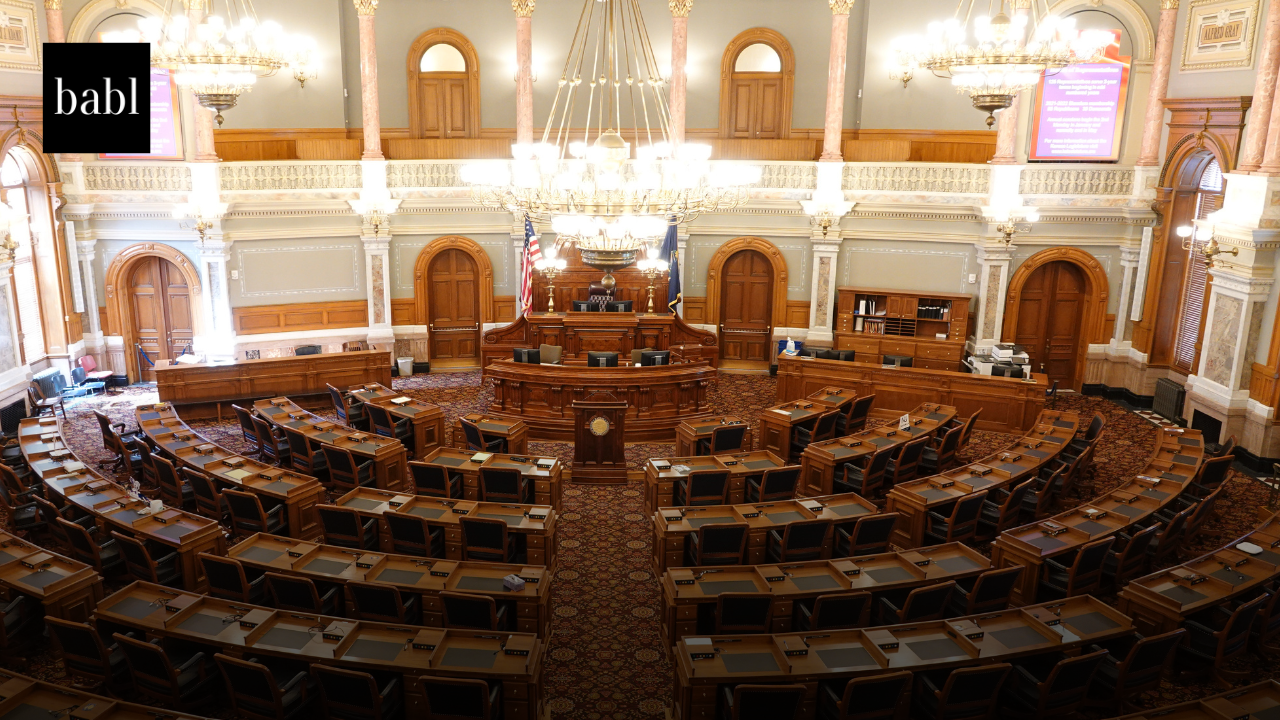The U.S. Department of Commerce marked a milestone following President Biden’s Executive Order on the Safe, Secure, and Trustworthy Development of AI. Within the 180-day mark since the Executive Order, the Department unveiled several initiatives aimed at enhancing the safety, security, and trustworthiness of artificial intelligence (AI) systems.
The National Institute of Standards and Technology (NIST), under the Department of Commerce, introduced four draft publications intended to bolster the resilience of AI systems. These publications are accompanied by a challenge series designed to foster the development of techniques to differentiate between human-produced and AI-generated content. Additionally, the U.S. Patent and Trademark Office (USPTO) issued a request for public comment (RFC) seeking input on how AI might impact evaluations of patentability under U.S. law.
In a press release, Secretary of Commerce Gina Raimondo emphasized the Department’s commitment to transparency and collaboration with stakeholders in advancing responsible AI innovation. She highlighted the progress made in researching and developing guidance to harness AI’s potential while mitigating associated risks.
The NIST publications cover various facets of AI technology. Two guidance documents focus on managing risks associated with generative AI, which powers chatbots and text-based image and video creation tools. They complement NIST’s existing AI Risk Management Framework (AI RMF) and Secure Software Development Framework (SSDF), providing insights into unique risks posed by generative AI and proposing mitigation strategies.
Laurie E. Locascio, the Under Secretary of Commerce for Standards and Technology and NIST Director, underscored the importance of addressing the distinctive risks posed by generative AI. The guidance documents aim to inform software creators about these risks and assist them in developing mitigation strategies while fostering innovation.
The USPTO’s RFC seeks feedback on how AI influences evaluations of patentability, particularly concerning prior art and the assessment of skill levels in the relevant field. Kathi Vidal, the Under Secretary of Commerce for Intellectual Property and Director of the USPTO, emphasized the need to balance AI-driven innovation with the protection of intellectual property rights.
The NIST publications are open for public comment until June 2, 2024, encouraging stakeholders to provide feedback before finalizing the documents. These initiatives reflect the Department of Commerce’s commitment to promoting responsible AI innovation and maintaining America’s leadership in technology.
In addition to the draft publications, NIST announced the launch of the GenAI program, aimed at evaluating and measuring generative AI technologies. The program will issue challenge problems to assess the capabilities and limitations of generative AI, with a focus on promoting information integrity and responsible content usage. Furthermore, the USPTO’s ongoing efforts to clarify the patentability of AI-assisted inventions underscore the importance of incentivizing and protecting AI-driven innovations while providing clarity to the public.
Keeping track of the everchanging AI landscape can be tough, especially if you have questions and concerns about how it will impact you. Don’t hesitate to reach out to BABL AI. Their Audit Experts are ready to provide valuable assistance.





